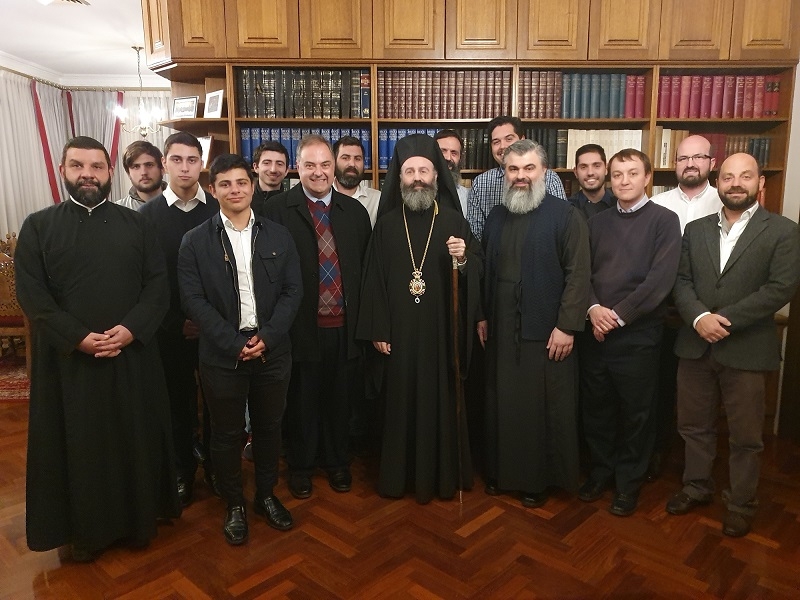- Home
- About us
- Students
- Courses
- Research
- Library
- News & Events
- Gallery
- Contact
- Our Blog
Latest News

H9234A Byzantine Hagiography
This graduate course unit explores the historical and literary development of hagiography in the Byzantine context, highlighting its relevance for the Byzantines and for the contemporary world.
| Unit Code: | H9234A | |
| Unit Name: | Byzantine Hagiography | |
| Credit Value: | 9 credit points | |
| Mode of Study: | Face to Face/ Synchronous ZOOM and Asynchronous. | |
| Pre-Requisite Units: | 9 cp in Church History |
Learning Outcomes
At the end of this unit students will be able to:
1. Contextualise and account for the emergence and development of hagiographical literature within Byzantium.
2. Distinguish and assess the various themes and sub-genres within hagiography, as well as hagiographical motifs in other literary genres (such as historiography, hymnography, etc.).
3. Critically apply the findings of a study of primary sources to Byzantine hagiography.
4. Critically apply the findings of secondary studies sources to Byzantine hagiography.
5. Evaluate the relevance of the study of Byzantine hagiography for the contemporary world.
During this course unit, students may acquire the following threshold concept.
Byzantium was a civilisation characterised by the reverence given to saints who lived a life of holiness. The rise of hagiographical literature in late antiquity would profoundly affect the capital city of Constantinople and the margins of the empire. The saints were considered paragons of repentance and asceticism, and the narratives of their lives were pedagogical texts that were invaluable companions for the Christian journey. Hagiography was such a potent force in Byzantium that no appraisal of this civilisation can be complete without exploring this important literary genre.
Weekly Topics
- Christian Hagiography—Emergence, Genres and Periods
- The Spiritual and Theological Significance of Hagiography
- Devout Desert-Dwellers and Splendid Stylites
- Holy Fools and Audacious Nuns
- From Hagiography to Hymnography
- Hagiography in Late Byzantium & the Concept of Metaphrasis

.jpg)





.png)